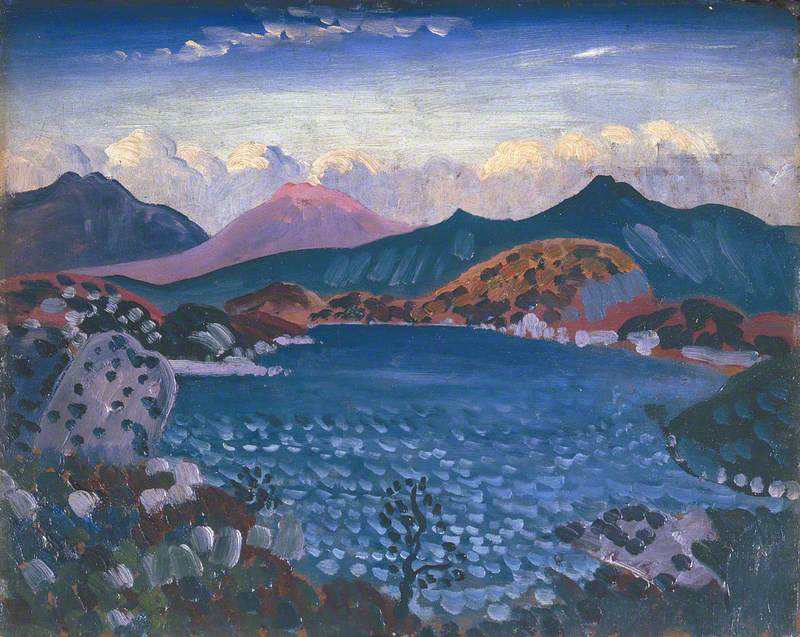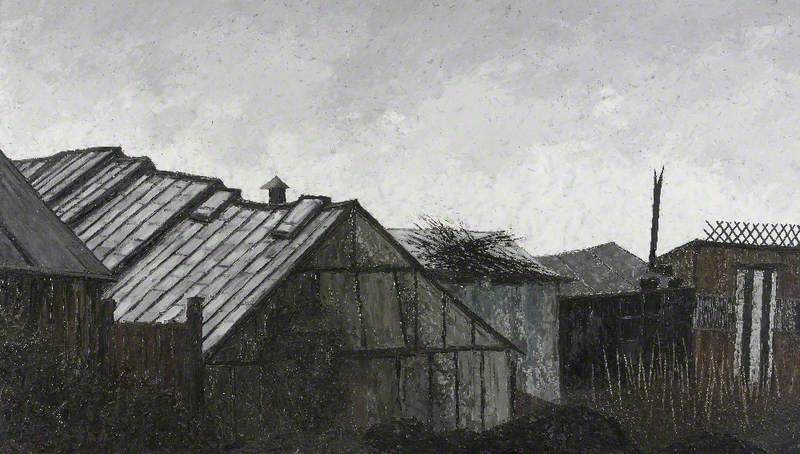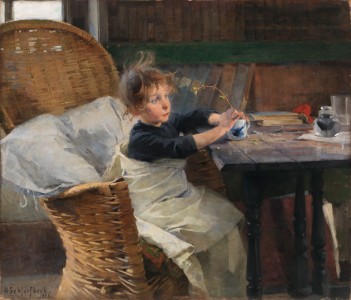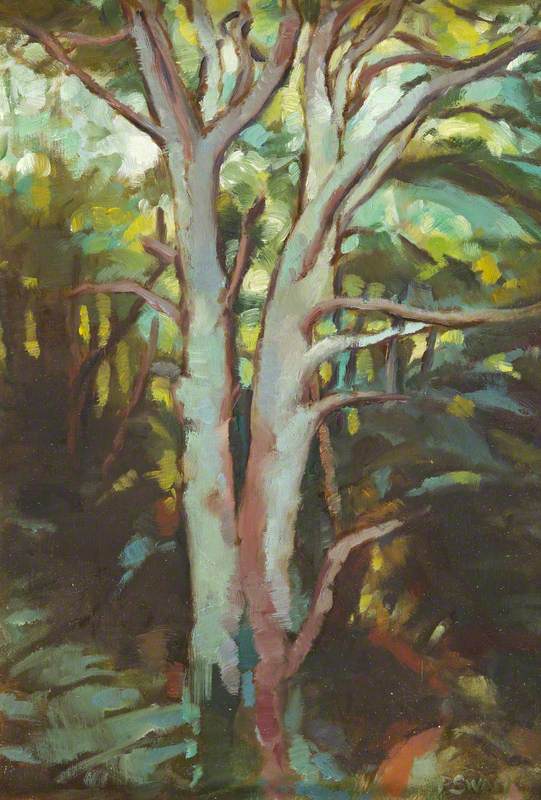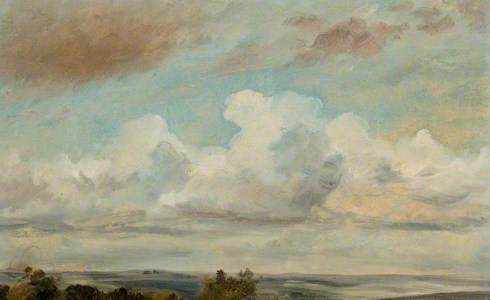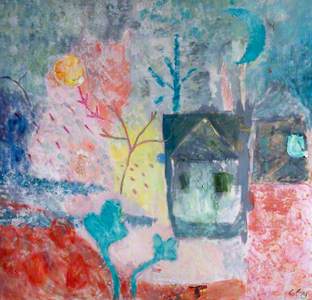In the Rockingham Room at Hampstead’s Fenton House, there hangs a small oil painting executed by John Constable in 1822, titled Cumulus Clouds over a Landscape.
This painting was bequeathed, among others, by the late actor Peter Barkworth, a long-term resident of Hampstead. Constable himself lived in Hampstead for several years, having moved from central London to take advantage of the clean air and spa water for his wife, who suffered from tuberculosis. Between 1819 and 1824 Constable stayed at two different addresses – 40 Well Walk and 2 Lower Terrace – both residences a stone’s throw away from the Heath. Here, he sketched different scenery from the landscapes of his native Suffolk, focusing mainly on the study of the sky. Constable took advantage of the recent advancements made in the science of meteorology, owing a debt to Luke Howard’s 1818 book The Climate of London which included his 1803 essay On the Modification of Clouds. Howard’s essay contained the first classifications of clouds – of which the ‘Cumulus’ in this painting’s title is a perfect example.
‘Skying’, the expression used by Constable when he sketched the sky, was instrumental to the creation of his more naturalistic finished pictures, and constituted at the same time an exercise in abstract representation, since his sketches were not topographically accurate.
Sketching the sky on Hampstead Heath facilitated Constable’s studies on light and shade and helped him in understanding better their impact on the landscape.
His important contribution to landscape painting was the result of a long-lasting commitment to it at a time when historical painting was still regarded as a superior genre. Constable’s reputation as a landscape painter took some time to establish among his contemporaries but by 1827, according to The Times, Constable was ‘unquestionably the first landscape painter of the day’.
There are about 40 sky and cloud sketches painted by Constable during his residency in Hampstead, all scattered in the most prestigious collections around the world: it is rather poignant to see this work so close to where it was painted.
Do pay a visit to Fenton House to have a look at the painting yourself. Perhaps go for a walk on the Heath afterwards and look up at the sky: you might find the painting there, too.
Maria Grazia Bonfiglio, Art UK volunteer









